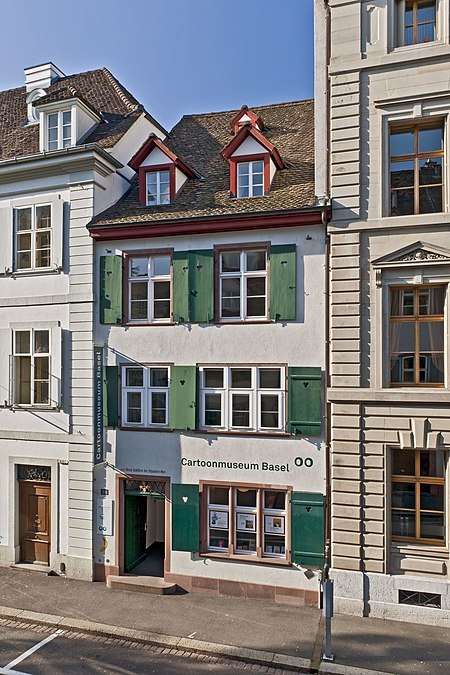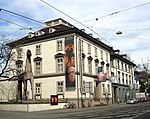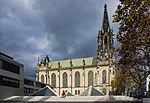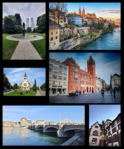Cartoonmuseum Basel

Cartoonmuseum Basel is the only museum and centre of excellence in Switzerland devoted exclusively to the art of narrative drawing, be it in comics, graphic novels, comics reportage, cartoons, satirical drawings or animated films. It collects individual works, curates exhibitions and shares knowledge about the genre. The museum contributes to the debate about the art of narrative drawing, and about the social and political issues it addresses. The museum possesses a substantial collection of over 10,000 original drawings by renowned national and international artists. The museum’s focus lies on curated exhibitions displaying the works of a single artist or illustrating a specific theme. The exhibitions are supplemented by a wide range of art-education activities, such as guided tours, workshops and talks. A museum library contains primary and secondary literature on the caricature, cartoon and comic, and presents a broad spectrum of popular and alternative culture and subculture. The museum shop offers a wide range of postcards, selected monographs, cartoon books and comic books, adapted to suit the respective exhibition.
Excerpt from the Wikipedia article Cartoonmuseum Basel (License: CC BY-SA 3.0, Authors, Images).Cartoonmuseum Basel
St.Alban-Vorstadt, Basel Vorstädte
Geographical coordinates (GPS) Address Website External links Nearby Places Show on map
Geographical coordinates (GPS)
| Latitude | Longitude |
|---|---|
| N 47.554474 ° | E 7.596346 ° |
Address
Karikatur & Cartoon Museum Basel
St.Alban-Vorstadt 28
4052 Basel, Vorstädte
Basel-City, Switzerland
Open on Google Maps








